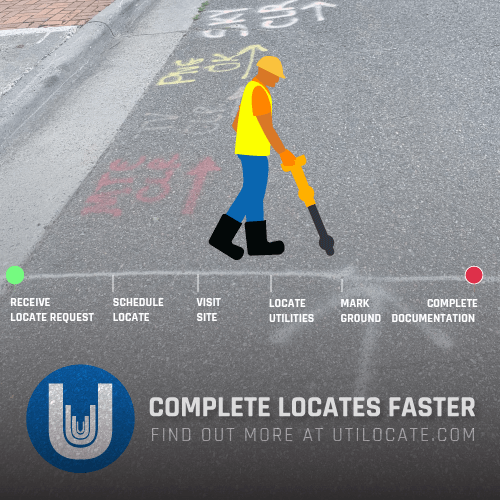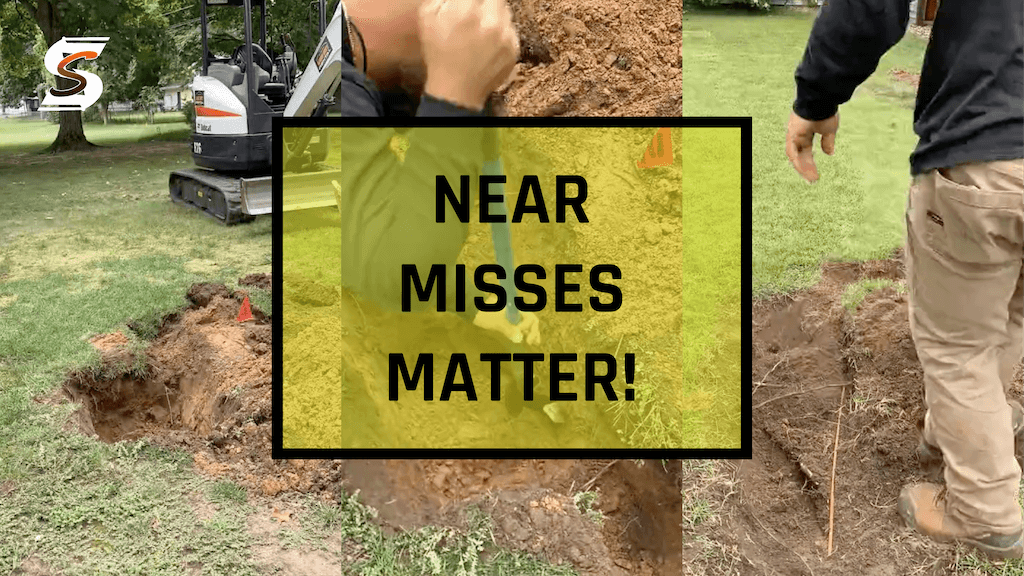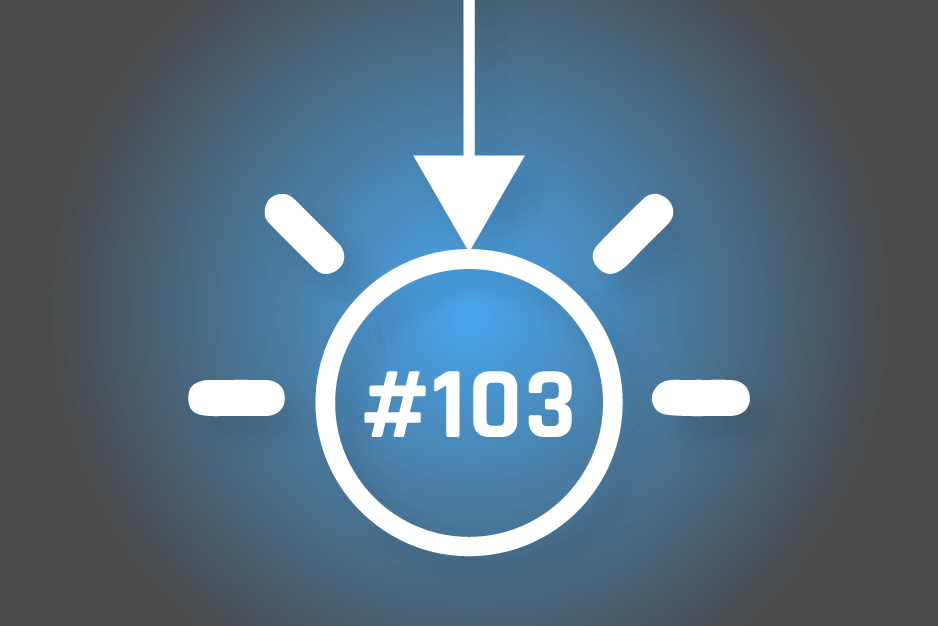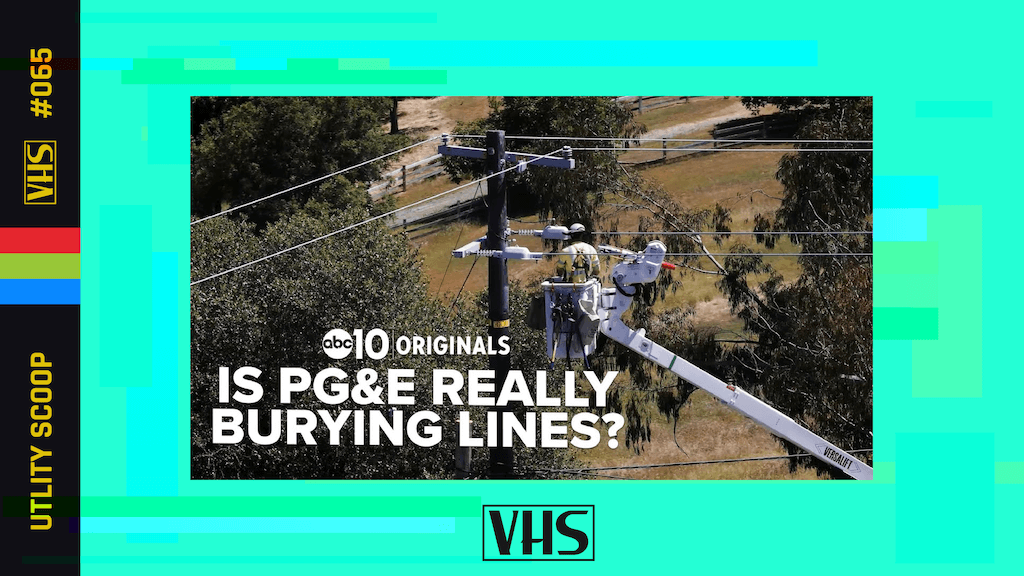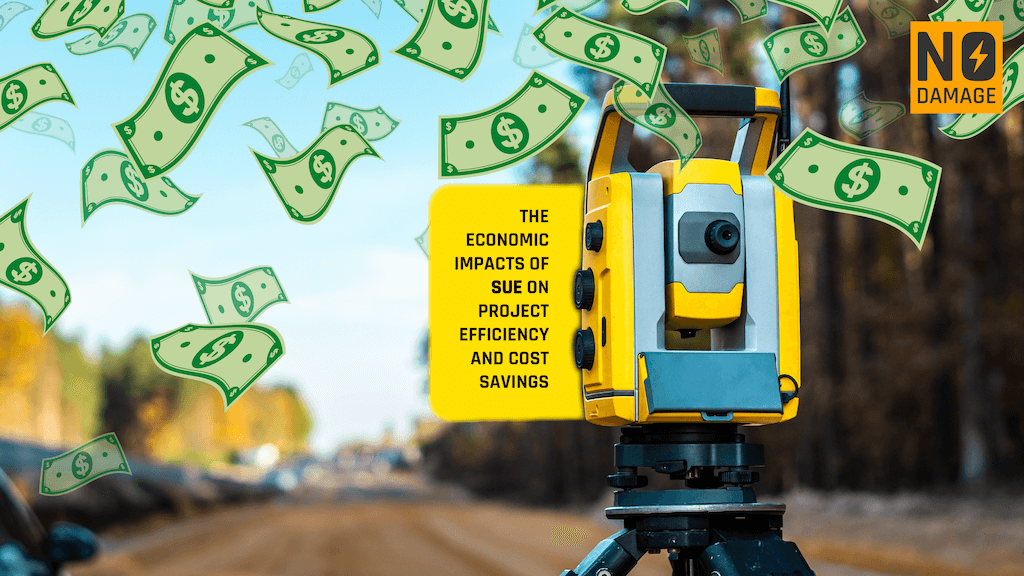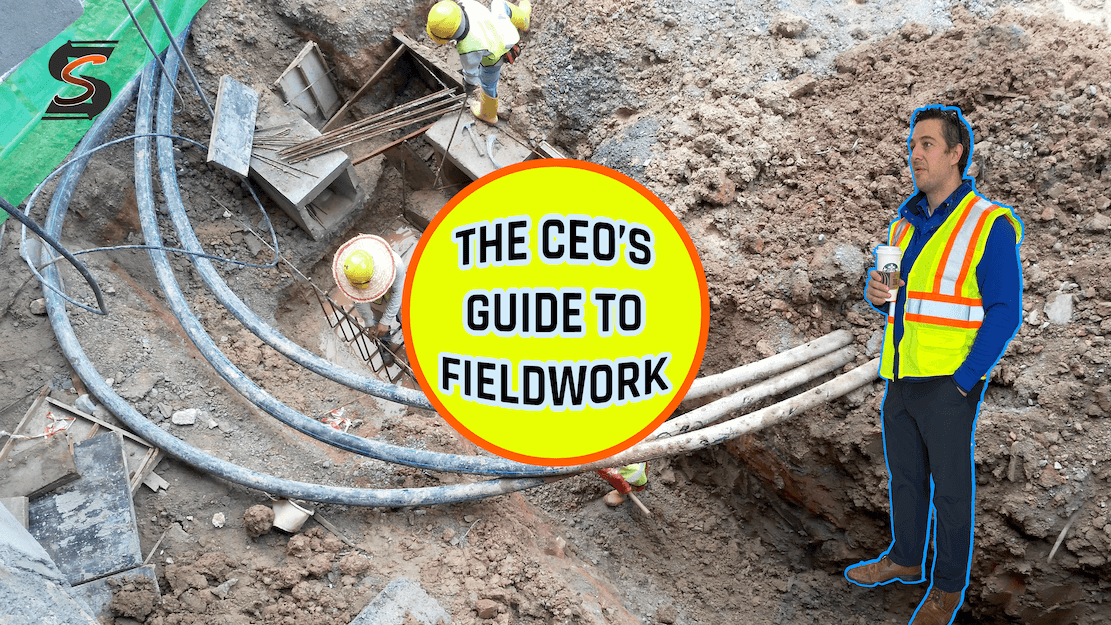
In the general busyness of my everyday life with kids, and work it’s pretty tempting to work from home or our nearby office and sit behind my screen all day. It makes it more straightforward and I can get a lot done that way. Yet, as the CEO of a company dedicated to damage prevention software ( Competers Inc. ), I've come to appreciate the invaluable lessons learned beyond the confines of traditional workspaces. Stepping out into the field isn't just an excursion; it's a strategic imperative that fuels our understanding, innovation, and industry connections.
UNDERSTANDING OUR USERS
At the heart of any successful software venture lies a deep understanding of the end-users. While user personas and data analytics offer valuable insights, there's no substitute for direct engagement. Venturing into the field allows me to witness firsthand how our software integrates into our users' workflows, uncovering pain points, preferences, and unmet needs. It’s also one of the fun parts of my job and I love developing these relationships even with staff who don’t have decision making status, their opinion still matters to me.
Whether it's accompanying utility locators as they conduct their work or shadowing excavation teams at job sites, immersing myself in our users' environments provides a holistic perspective. Conversations flow more naturally, and I can observe nuances that might elude our traditional survey and focus group user test scenarios. These interactions form the bedrock of empathy-driven design, guiding us as we refine our software to better serve those who rely on it daily.
DISCOVERING NOVEL USES & ISSUES
Innovation thrives on exploration and discovery. Stepping into the field exposes me to diverse scenarios and challenges, often sparking unexpected insights. While our software may have been initially designed for a specific application, its adaptability becomes apparent when exposed to real-world contexts.
By actively engaging with users from different clients across the US and Canada I've witnessed firsthand the creative ways in which our software is repurposed to tackle novel challenges. For example, we do work with a drilling company and thy use Utilocate to manage their work orders - we did some customization for them but they've also pioneered some other uses cases like the way they handle documentation within a project. Conversely, fieldwork also unearths issues and bottlenecks that might have remained hidden in the confines of a lab or boardroom. For example finding out that a user doesn't know about a feature we have and is using a conglomeration of Microsoft Office manual processes to do something they can already do on our platform automatically. Identifying these pain points early allows us to iterate rapidly, ensuring our solutions remain agile and responsive to evolving needs.
CONNECTING
In the fast-paced world of tech, industry connections are the lifeblood of our company's success. Building relationships with stakeholders, users, and partners goes beyond mere transactions – it's about fostering genuine human connections rooted in empathy and understanding. Spending time in the field, whether outdoors at job sites or indoors with a dispatch team, provides a unique opportunity to forge these bonds organically, gaining insights into client priorities such as productivity and safety for locates.
Meeting clients where they work allows me to truly empathize with their needs and challenges. Whether it's accompanying utility workers as they conduct locates or observing dispatchers manage workflows in real-time, I gain firsthand insight into the pressures and priorities that drive their decision-making. By immersing myself in their environments, I’m able to better bridge the gap between theory and practice, gaining a deeper appreciation for the nuances that shape their daily operations.
In the field, productivity isn't just a metric – it's a tangible reality that impacts every aspect of our clients' work. By spending time alongside them, I’m able to gain a firsthand understanding of the factors that influence productivity, from the efficiency of our software to the coordination of teams on the ground. Observing the intricacies of their workflows allows me to identify pain points and inefficiencies, empowering us to develop solutions that streamline their operations and maximize productivity.
EXTENDING
As the CEO, I'm not the only one who stands to gain from engaging with users in the field – I wholeheartedly recommend this immersive approach to members of our team. It’s probably not practical for everyone but it’s worth making the effort if you can. Here's why:
-
Deepening Empathy and Understanding: Just as I gain valuable insights through direct engagement with users, so too can our team members. By experiencing firsthand the challenges and triumphs of those who rely on our software, they cultivate a deeper sense of empathy and understanding. This heightened awareness informs their decision-making and enhances their ability to create solutions that truly resonate with our users.
-
Fostering Innovation and Creativity: Fieldwork isn't just about observing; it's about experiencing the unexpected and embracing the unknown. By encouraging our team to step out of their comfort zones and immerse themselves in diverse environments, we foster a culture of innovation and creativity. New perspectives spark fresh ideas, driving us to explore uncharted territory and push the boundaries of what's possible.
-
Building Industry Relationships: Just as I leverage fieldwork to connect with industry professionals, so too can our team members. By actively engaging with users, partners, and stakeholders, they expand their networks and deepen our company's ties within the industry. These relationships not only facilitate knowledge sharing and collaboration but also open doors to new opportunities and partnerships.
In essence, recommending fieldwork to our team isn't just about professional development – it's about nurturing a culture of curiosity, empathy, and collaboration that lies at the heart of our company's success. So let's step outside together, embrace the journey, and embark on a shared adventure that leads us towards greater innovation, connection, and impact.
EMBRACING
As CEO, the temptation to remain tethered to screens and spreadsheets is ever-present. There’s always a lot of work to do and a lot of decisions to be made. Yet, it's in the field that the true essence of our mission comes into focus. By embracing the journey beyond our comfort zones, we unlock a world of possibilities, insights, and connections that propel us towards our shared vision of a safer, more resilient future.
In conclusion, getting out into the field isn't just a luxury; it's a strategic imperative that underpins our success as a tech startup. By understanding our users, discovering new usages and issues, and connecting better with the industry, we not only enhance our software but also reaffirm our commitment to making a meaningful impact in the world. So let's step outside, embrace the unknown, and let the journey guide us towards greatness.
Share this Post

